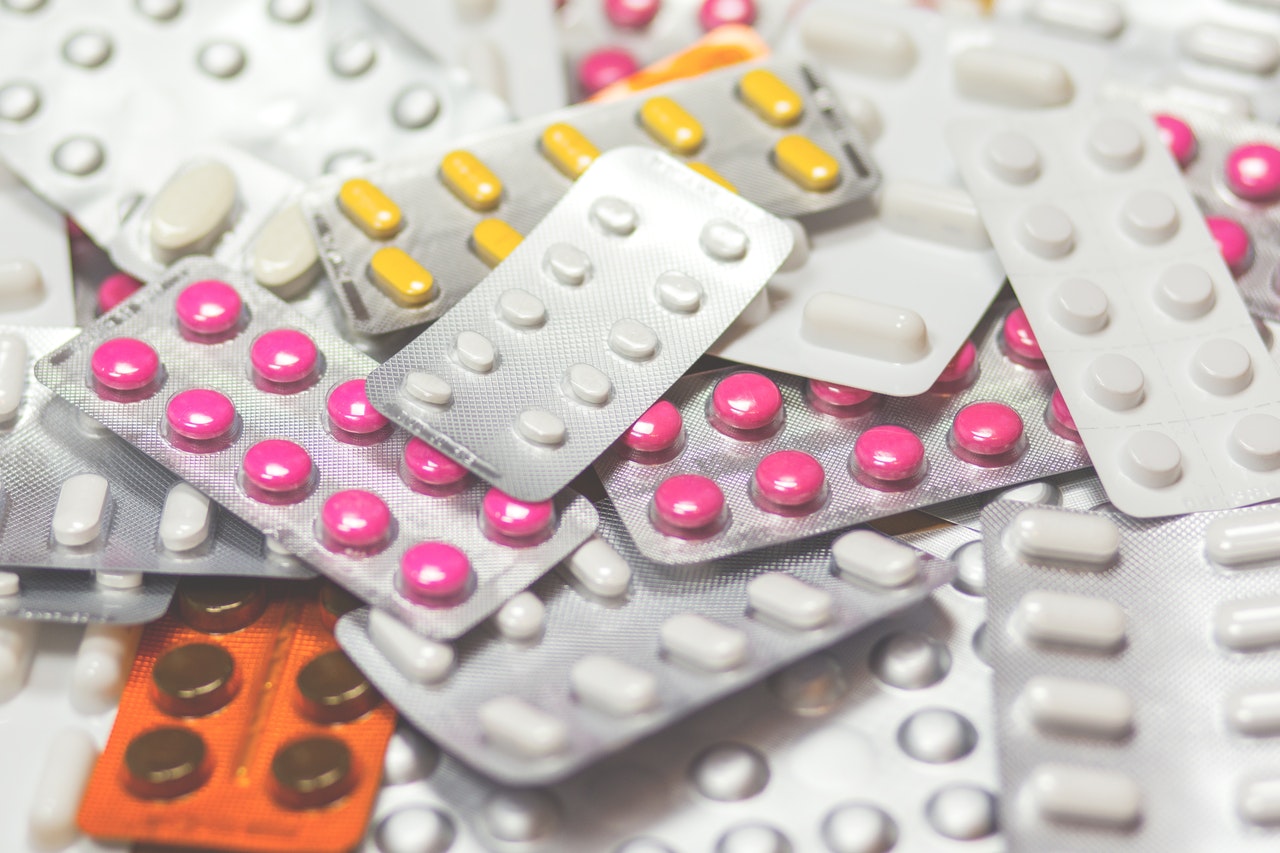At least once in your life, you felt like you needed to go to the doctor to have a probable infection looked at. You set up an appointment with your physician, and you were right—you had an infection. It may be on any part of your body—but it’s completely mundane to get infections. We live with bacteria, after all. Some just work in our favour, and some don’t.
One thing about fighting bacterial infection is that the most common prescription would be antibiotics. As someone who isn’t a doctor—you’ve probably told yourself or other people—that these drugs help fight off infections. Were you wrong? No. But let us tell you a thing or two about this infamous class of drugs.
What are antibiotics, really?
Antibiotics are a distinct type of drugs that treat bacterial infections. Take note, bacterial. They stop the growth and spread of bacteria by directly eliminating them. We asked you to hold the thought “bacterial” in mind because antibiotics, even if they are known to fight infections, are not effective against infections brought about by viruses.
The viruses we’re talking about are the following:
- Most type of colds
- Sore throats
- Coughs
- Illnesses similar to flu
What if you still take antibiotics when you have a viral infection?
It has been found that taking antibiotics when your body doesn’t need them will not help you recover. Instead, it will make your condition much worse than it already is. What’s more? Your body can develop resistance to antibiotics.
When your body is resistant to antibiotics, bacteria that live there grow resistant against the particular antibiotic and won’t be killed by that antibiotic the next time you take them.
Among medical researchers, the prevalence of antibiotic resistance is becoming a problem because there are now high numbers of bacterial strains that no longer die of the effect of common antibiotics.

What contributed to the prevalence of antibiotic resistance?
According to the WHO, antibiotic resistance is part of today’s threats to worldwide health. It has no regard for age, race, or gender. They also found that antibiotic resistance is a natural phenomenon, but the misuse of antibiotics quickens the effects.
The acceleration of antibiotics resistance among humans all over the world can be attributed to a lack of information regarding the proper use of accessible antibiotics. Other reasons are the following:
- Lack of access to professional health advice
- Not following instructions on antibiotics intake
- Sharing antibiotics with other people
- Unhygienic habits
- Improper food preparation
- Lack of surveillance in the sale of antibiotics
- Improper prescription
There can be more reasons behind the growing cases of accelerated antibiotics resistance, but one thing is for sure—no one’s immune. It’s a problem because infections such as tuberculosis, pneumonia, and gonorrhea are becoming harder and, at times, almost impossible to treat due to most antibiotics becoming less effective against bacteria that cause them.
Is there a solution to the problem?
In a paper by the European Molecular Biology Laboratory, it was stated that there exist specific combinations of drugs that have the ability to help fight bacterial infections that are resistant to multiple antibiotic drugs. However, the combinations are mostly unexplored and overlooked in most clinics around the world.
The European Molecular Biology Laboratory studied the effects of antibiotics combined, other drugs, and food additives on various species.
It was found that most drug combinations weakened the effect of antibiotics. Only 500 drug combinations made the effect of antibiotics stronger. The study included thousands of drug and food combinations that used sets of the laboratory water bath and testing some of the 500 drug combinations on hospital patients.
The study came out with vanillin, the chemical compound that provides the distinctive taste of vanilla—as a suitable pair with an antibiotic called spectinomycin. The combination was one of the most promising concoctions among the thousands of combinations studied.
But the compound was found to have weakened the effect of many other types of antibiotics. Meaning, at the time of the study, the vanillin-spectinomycin combination was the only promising synergy.
The war against antibiotic resistance is a long and jagged path. It will take years for experts to find the panacea against the threat posed by antibiotic resistance. The slow but productive pace of finding ways to improve the effects of antibiotics will last for as long as we interact with bacteria—which is throughout our lives.
Meanwhile, staying informed using the right sources and listening to health authorities will keep us spared from the adverse effects of antibiotic resistance.

